Flowers That Look Like Roses: 21 Stunning Alternatives
Discover 21 stunning flowers that resemble roses—perfect alternatives for gardeners seeking beauty with simpler care.

Rose Lookalikes: 21 Beautiful Flowers That Resemble Roses
Roses have captured the hearts of gardeners and romantics for centuries, prized for their exquisite blooms, heady fragrance, and timeless charm. But cultivating roses isn’t always easy—they can be prone to disease, require careful pruning, and demand consistent attention. For those seeking that classic rose appeal but with less maintenance or simply a touch of novelty, there are many flowers with rose-like qualities worth exploring. Dive into these 21 stunning rose lookalikes perfect for diversifying your garden beds and floral displays.
Why Choose Rose Lookalikes?
Whether you’re a beginner gardener, face challenging growing conditions, or simply crave something different, flowers that resemble roses offer several advantages:
- Simpler care requirements: Many rose lookalikes are more tolerant of varied conditions and less prone to pests and diseases.
- Unique color and form: Some offer shades, sizes, or shapes not commonly found in traditional roses.
- Extended bloom times or seasons: Certain varieties bloom longer or at different times than roses, extending the visual interest in your garden.
- Budget-friendly choices: Several rose alternatives are easier to start from seed or propagate, making them more affordable.
21 Gorgeous Rose Lookalikes To Consider
Below, explore a carefully curated selection of flowers that capture the essence of roses—some famous, others delightfully underappreciated. Each brings its own twist on the romantic beauty of the rose.
1. Camellia (Camellia spp.)
With lush, ruffled blooms available in white, pink, red, and more, camellias easily evoke a rose’s romantic look. Unlike roses, camellias bloom in late fall through early spring, brightening gardens when little else flowers.
- Best for: Shady gardens, mild climates
- Care: Moist, acidic soil; protection from afternoon sun
2. Peony (Paeonia spp.)
Peonies are famed for their plush, fragrant ruffled blossoms that rival or even surpass roses in beauty. Choose from herbaceous, tree, or intersectional peonies depending on your climate and preferences.
- Best for: Temperate gardens, cut flower arrangements
- Care: Full sun, well-draining soil, winter chill for bloom
3. Lisianthus (Eustoma grandiflorum)
Lisianthus offers delicate, rose-like petals in white, purple, and pastel hues. Its upright habit and long stems make it ideal for bouquets and garden borders.
- Best for: Cutting gardens, floral arrangements
- Care: Full sun, consistent moisture
4. Double Tulip (Tulipa spp.)
Double tulips boast layered petals that closely mimic peony and rose blooms, with a wide spectrum of colors to choose from. They’re a striking option for springtime displays.
- Best for: Spring bulb beds, containers
- Care: Fall planting, well-drained soil
5. Begonia (Begonia spp.)
Tuberous begonias, especially the double-flowered varieties, offer abundant, softly ruffled blooms that evoke roses. They thrive in shade and are ideal for hanging baskets and shaded beds.
- Best for: Shady patios, hanging baskets
- Care: Consistent moisture, protection from hot sun
6. Ranunculus (Ranunculus asiaticus)
Ranunculus blooms in dazzling shades of red, yellow, pink, and white. Their tightly layered, rose-like petals make them standouts in arrangements and garden borders.
- Best for: Early spring color, bouquets
- Care: Cool seasons, rich soil
7. Double Impatiens (Impatiens walleriana)
Double impatiens feature multipetaled, rose-like flowers in shades of white, pink, orange, and red. Their compact size and shade tolerance make them perfect for borders and containers.
- Best for: Shade gardens, containers
- Care: Moist soil, shelter from afternoon sun
8. Gardenia (Gardenia jasminoides)
Gardenias produce creamy-white, spiral blooms reminiscent of roses, and are famous for their intoxicating scent. They flourish in acid soil with high humidity.
- Best for: Fragrant gardens, southern climates
- Care: Consistent moisture, acidic soil, humidity
9. Carnation (Dianthus caryophyllus)
Double and fringed varieties of carnations offer a ruffled, rose-like appearance and a spicy-sweet fragrance. They’re classic favorites for bouquets and cutting gardens.
- Best for: Cut flowers, sunny borders
- Care: Full sun, well-drained soil
10. Double Daffodil (Narcissus spp.)
Double-flowered daffodils boast multiple layers of petals, creating a lush, rose-like effect in shades of yellow, white, and orange.
- Best for: Spring gardens, naturalizing
- Care: Fall planting, sunny to partial shade
11. Sweet William (Dianthus barbatus)
Sweet William produces clusters of vibrantly colored flowers with a slightly fringed or ruffled look, offering a charming alternative reminiscent of rose blooms.
- Best for: Cottage gardens, borders
- Care: Full sun, fertile soil
12. Moss Rose (Portulaca grandiflora)
Moss rose is a drought-tolerant annual with double and semi-double flowers that imitate rose forms in vibrant shades, thriving in hot, dry areas.
- Best for: Rock gardens, hot sunny beds
- Care: Well-drained soil, minimal water
13. Double Anemone (Anemone coronaria)
Double-flowered anemones can resemble small, richly colored roses and make for lively late winter or spring color, especially in Mediterranean climates.
- Best for: Cool season beds, floral displays
- Care: Well-drained soil, sun to partial shade
14. Hydrangea (Hydrangea macrophylla – Double Varieties)
Certain double-flowered hydrangea cultivars sport hefty, rosette-like blossoms reminiscent of full-petaled roses—a bold choice for summer garden drama.
- Best for: Shade to part shade beds, foundation plantings
- Care: Moist, rich soil; adjust pH for color
15. Double Hibiscus (Hibiscus rosa-sinensis)
With lush, flamboyant double blooms, tropical hibiscus can easily evoke the drama of roses, especially in hot climates where traditional roses struggle.
- Best for: Tropical gardens, containers
- Care: Full sun, regular feeding, protection from frost
16. Double Petunia (Petunia x hybrida)
Double petunias deliver frilly, rounded blooms in bright colors, making them a cheery rose alternative for hanging baskets and summer beds.
- Best for: Summer containers, bedding
- Care: Well-drained soil, frequent deadheading
17. Double Zinnia (Zinnia elegans)
Zinnias come in a dazzling array of double forms, often with blooms that closely resemble miniature roses. They’re heat-loving and irresistible to pollinators.
- Best for: Summer beds, pollinator gardens
- Care: Full sun, minimal care, drought-tolerant
18. Double Cosmos (Cosmos bipinnatus)
Double cosmos feature fluffy, ruffled petals, bringing a soft and airy rose-like touch to borders and wildflower meadows.
- Best for: Wildflower gardens, cottage borders
- Care: Full sun, tolerates poor soil
19. Double Marigold (Tagetes spp.)
Large double marigolds can create dense, round blooms in gold and orange tones, offering a unique warm-hued rose substitute, especially for summer beds.
- Best for: Summer bedding, pest-deterring borders
- Care: Well-drained soil, heat tolerant
20. Persian Buttercup (Ranunculus asiaticus)
Persian buttercups produce stems topped with dense, multi-petaled flowers resembling the most opulent roses, perfect for cutting and spring drama.
- Best for: Spring displays, cut flowers
- Care: Full sun, cool weather
21. Double Clematis (Clematis spp.)
Certain double-flowered clematis varieties offer intricate, rose-like blooms in purple, pink, white, and blue. Use them to climb fences, trellises, or arbors for vertical interest reminiscent of climbing roses.
- Best for: Trellises, vertical accents
- Care: ‘Feet in the shade, head in the sun,’ rich soil
Rose Lookalikes At A Glance
| Flower | Main Resemblance | Best Use | Special Feature |
|---|---|---|---|
| Camellia | Full, layered petals | Shady beds | Winter & early spring blooms |
| Peony | Large, double blooms | Cut flowers | Breathtaking fragrance |
| Lisianthus | Soft, ruffled petals | Bouquets | Elegant stems |
| Moss Rose | Petal form | Hot, dry sites | Drought resistant |
| Ranunculus | Full, dense blooms | Spring beds | Long vase life |
Choosing the Right Rose Lookalike for Your Garden
When selecting among rose alternatives, consider the following tips:
- Check your climate: Some flowers (like camellia and gardenia) thrive in mild, humid regions; others, like moss rose and zinnia, prefer sun and heat.
- Identify your garden’s growing conditions: Choose shade lovers (begonia, double impatiens) or sun-lovers (ranunculus, peony), depending on your space.
- Think about maintenance: Many rose lookalikes need less pruning, spraying, or winter protection than true roses.
- Consider your design goals: Want long-stemmed blooms for vases? Try lisianthus or ranunculus. Prefer shrubs for structure? Camellias or hydrangeas make beautiful backbone plants.
Tips for Growing Stunning Rose Lookalikes
- Plant in well-amended soil to promote vigorous, lush blooms.
- Mulch thoroughly to conserve moisture and prevent weeds.
- Fertilize during active growth to enhance color and size.
- Remove spent blooms (deadhead) to encourage repeated flowering in annual alternatives.
- Monitor for pests, especially in warm, humid climates.
Frequently Asked Questions (FAQs)
Q: Which flower looks most like a classic rose?
A: Peony, lisianthus, and ranunculus are among the best matches for the classic rose appearance—dense, ruffled blooms with romantic vibes.
Q: Are rose lookalikes easier to grow than real roses?
A: Many rose lookalikes are indeed lower maintenance. Plants like moss rose, zinnia, and marigold tolerate heat, drought, and poor soils better than most roses.
Q: Can rose lookalikes be grown indoors?
A: Yes, several varieties like double impatiens, begonia, and some double petunias perform well in pots and can thrive indoors with sufficient light.
Q: Do rose lookalikes have fragrance?
A: Some, like peony, gardenia, and carnation, are known for their wonderful scents, but others may be unscented or less fragrant compared to traditional roses.
Q: Will rose lookalikes attract pollinators?
A: Absolutely! Blooms of zinnia, cosmos, and marigold are highly attractive to bees, butterflies, and other pollinators, boosting garden biodiversity.
Conclusion: Go Beyond the Rose
If you adore the romantic allure of roses but want something different—from easier care to novel color palettes—there is a world of options to explore. These 21 rose lookalikes offer the layered petals, vibrant hues, and classic elegance of roses, with many bringing added benefits such as longer blooming periods, easier maintenance, and enhanced pollinator support. Plant them singly or in combination to enjoy year-round, rose-inspired beauty in your garden—no matter your climate, soil, or skill level.
References
- https://www.epicgardening.com/rose-lookalikes/
- https://www.epicgardening.com/roses/
- https://www.youtube.com/watch?v=45oN7-V9Zdk
- https://shop.epicgardening.com/products/sweet-rose-magic-sweet-william-seeds
- https://www.espoma.com/fruits-vegetables/none/2023-video-planting-an-epic-rose-garden-%F0%9F%8C%B9%F0%9F%8C%B9%F0%9F%8C%B9-garden-answer/
Read full bio of Shinta


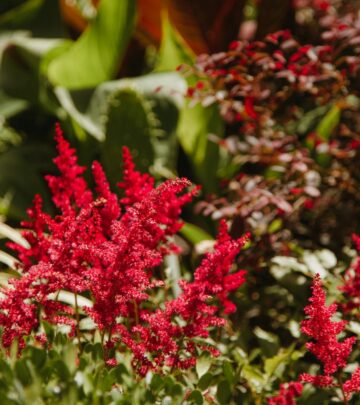

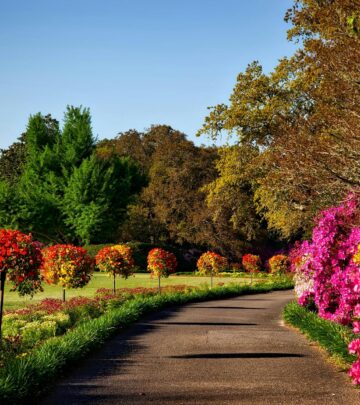
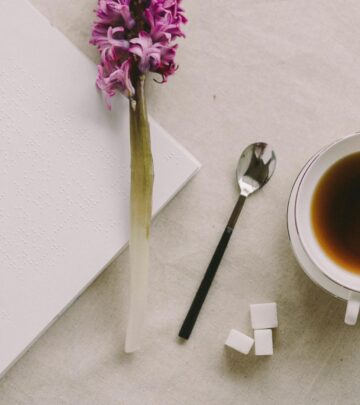
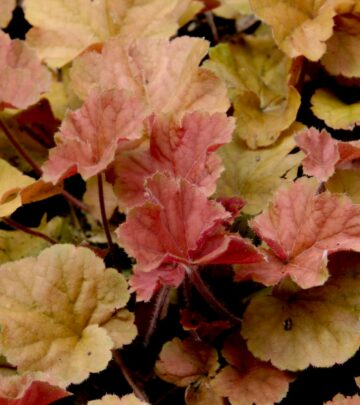


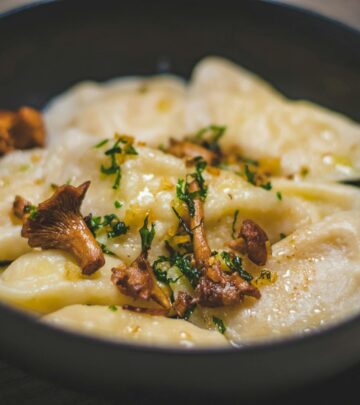
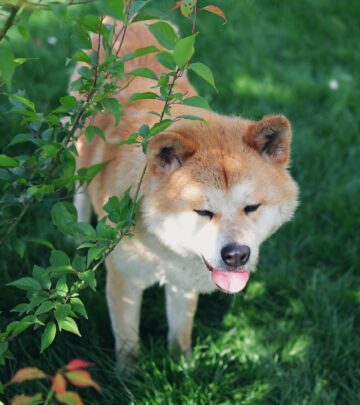

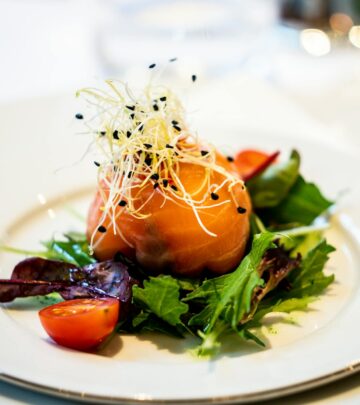



Community Experiences
Join the conversation and become a part of our empowering community! Share your stories, experiences, and insights to connect with other beauty, lifestyle, and health enthusiasts.